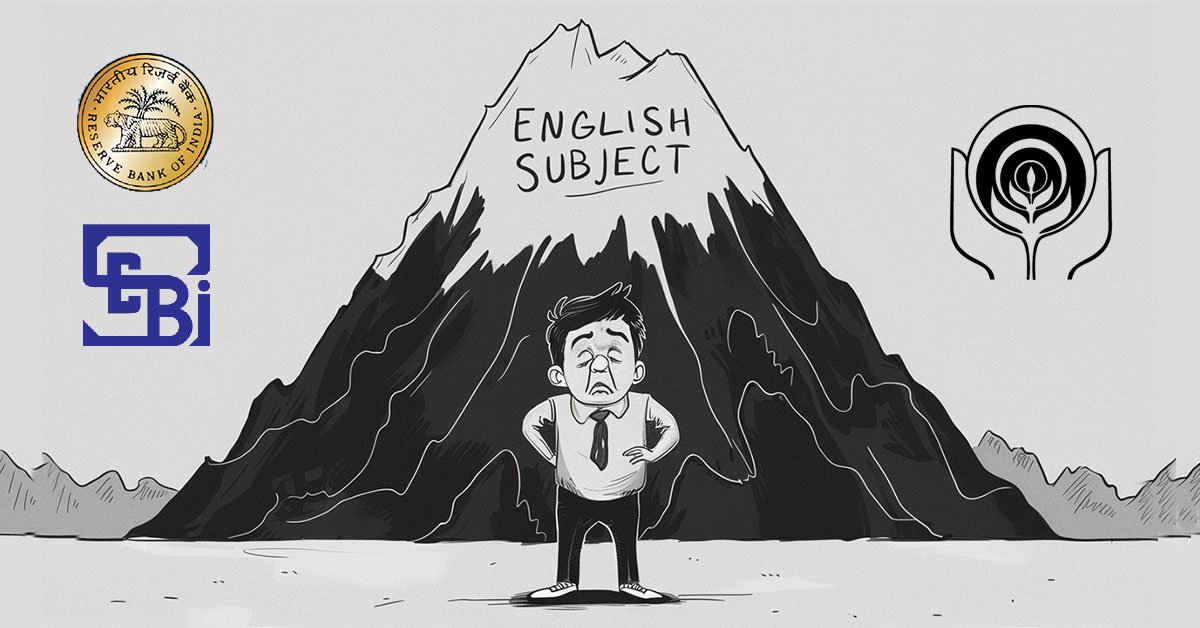Source: UNEP
Context:
The report, released by the UN Environment Programme (UNEP), serves as a mid-term evaluation of the Global Methane Pledge (GMP), assessing progress, challenges, and pathways to reduce global methane emissions by 30% by 2030.
Emissions Overview
- Revised Baseline (CLE scenario):
- Projected 2030 emissions: 369 Mt CH₄, 4% lower than 2021 pre-Pledge levels due to slower gas market growth and new waste regulations in Europe & North America.
- Ambition Gap:
- Current NDCs and Methane Action Plans would reduce emissions by only 8% below 2020 levels, far short of the 30% GMP target.
- Technically Feasible Reduction (MTFR):
- Implementation could cut emissions by 32% by 2030 (131 Mt CH₄).
- Avoid 0.2°C warming by 2050 and 180,000 premature deaths annually by 2030.
- Cost-Effectiveness:
- Over 80% of MTFR potential is low-cost (<$ per ton CH₄).
- Waste sector could provide $9 billion/year net savings via biogas capture.
Sectoral Emissions & Mitigation Potential
| Sector | Share of Emissions | Key Sources | Mitigation Potential |
|---|---|---|---|
| Agriculture | 42% (146 Mt) | Livestock enteric fermentation (76%), rice cultivation (21%) | Improved livestock management, rice paddy aeration |
| Energy | 38% (135 Mt) | Oil & gas production, coal mining | Leak detection & repair, ban non-emergency venting |
| Waste | 20% (71 Mt) | Landfills (37 Mt), wastewater (30 Mt) | Source separation, landfill gas capture |
- Geographical Focus:
- G20+ countries account for 65% of emissions and 72% of mitigation potential.
Global Impacts
- Health & Productivity:
- CLE scenario could cause 24,000 premature deaths, 2.5 Mt crop losses, and 6.9 million lost labour hours annually by 2030 due to ground-level ozone.
- Regional Disparities:
- Non-G20+ regions (Africa, Latin America, parts of Asia) projected to see 16% rise by 2030 and 53% by 2050 without mitigation.
- Data & Reporting Gaps:
- Persistent underreporting, especially in fossil fuel sector; measured emissions can double official inventories.
- Locked-in Emissions:
- Waste methane persists over decades; delayed mitigation will lose potential for 2040–2050.
- Financial Mismatch:
- Tracked methane finance: $13.7 billion/year vs. MTFR cost of $127 billion/year.
Recommendations
- Measurement-Based Regulations:
- Use direct measurement tools (satellites, airborne surveys).
- Follow EU Methane Regulation & OGMP 2.0 models.
- Sector-Specific “No-Regret” Policies:
- Energy: LDAR, ban non-emergency venting.
- Waste: Organic waste separation, landfill gas capture.
- Agriculture: Ban open burning, intermittent rice field aeration.
- Financial Strategies:
- Concessional finance, risk-sharing for developing economies and NOCs.
- Repurpose a portion of $635 billion harmful agricultural subsidies to close the funding gap.
- Strengthen National Targets:
- Convert GMP participation into quantified, time-bound NDC methane targets.
- Integrate with Decarbonization:
- Combine methane reduction with energy decarbonization, demand-side measures, and sustainable diets to achieve a 53% reduction by 2050, aligned with 1.5°C goals.



















